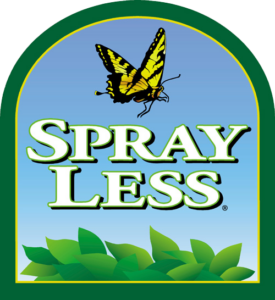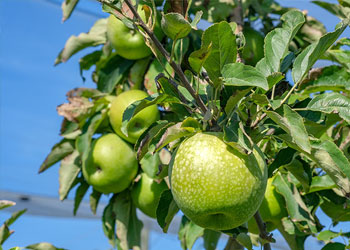
GRANNY SMITH
Granny Smith, discovered in Australia in the mid-1800s, is a tart, crisp and juicy late maturing apple. The variety is very prolific and produces grass green fruit. Although Granny Smith can be consumed raw, it has become widely known as one of the most popular cooking apples.
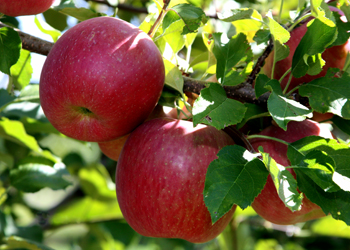
FUJI SUPREME™
CABp FUJI cv. USPP 17,914
Fuji Supreme™ CABp Fuji cv. is a Fuji selection that was first discovered in Central Hawkes Bay, New Zealand. While retaining the fruit and storage qualities of the standard Fuji, Fuji Supreme™ is characterized by its dark red coloring and bold stripe. Fuji Supreme™ is one of the highest colored stripe selections of Fuji.
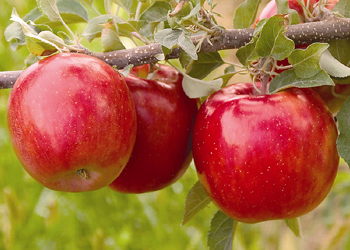
MORNING MIST®
FUGACHEE cv. USPP 16,270
Morning Mist® Fuji Fugachee cv. is an early ripening sport of standard Fuji. It ripens approximately 3-4 weeks ahead of standard Fuji and typically has a thin, striping color pattern which may color over in high coloring growing regions.

PINK LADY®
CRIPPS PINK cv. (Improved Selection)
Pink Lady® Cripps Pink cv. (improved selection) is a high coloring mutation from the original Cripps Pink cv. bred by Western Australia Department of Agriculture. This selection can develop between 85% to 100% full color. A cross between Golden Delicious and Lady Williams, Pink Lady® Cripps Pink cv. (improved selection) offers a sweet / tart flavor with long storage life and improved pink coloration.
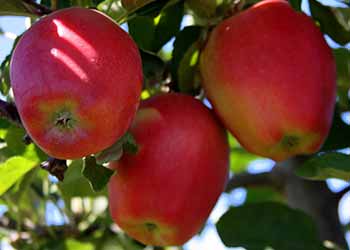
SWEETIE™
PREMA280 cv. USPP 19,762
Sweetie™ PremA280 cv. was bred in New Zealand by Plant and Food Research and is a cross between Braeburn and Royal Gala. It is characterized by its elongated fruit and dense structure. Sweetie™ has a sweet, rich taste and develops a red stripe over yellow undertones that can blush over if allowed to fully color. Sweetie™ matures in the early gala season.
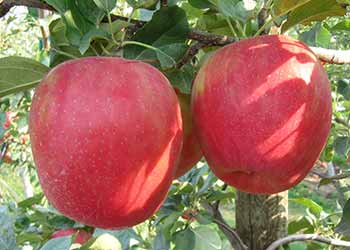
FIRESTORM™ HONEYCRISP
BAB2000 cv.
Firestorm™ BAB2000 cv. is a highly colored red strain of Honeycrisp. Honeycrisp, bred by the University of Minnesota, has quickly become a consumer favorite, providing a unique flavor and texture. Firestorm™ retains all of the characteristics of the standard Honeycrisp with the addition of improved coloration.
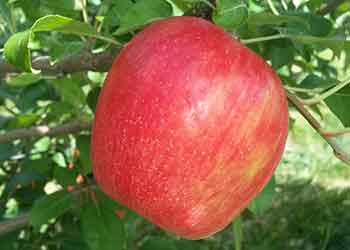
PREMIER HONEYCRISP®
DAS10 cv. USPP 24,833
Premier Honeycrisp® DAS10 cv. is a complete tree sport of Honeycrisp that matures three weeks earlier than its parent variety. Premier Honeycrisp® shares many of the same attributes as the original Honeycrisp.
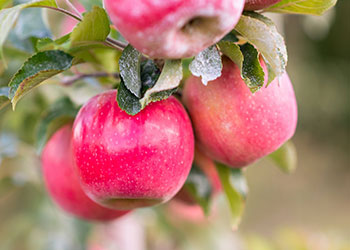
PINK LADY®
PLBARB1 cv. USPP 21,606
Pink Lady® PLBARB1 cv. (Also known as Barnsby cv.) is a sport of Cripps Pink cv. that ripens 3-4 weeks earlier than its parent variety. While retaining the same sweet/tart flavor as Cripps Pink cv., the acidity levels in Pink Lady® PLBARB1 cv. are much less at the time of harvest allowing for the apples to be eaten directly off of the tree. PLBARB1 cv. must be sold under the Pink Lady® brand name.
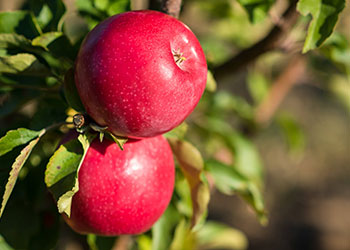
PINK LADY®
Ruby Pink cv. USPP 16,725
Pink Lady® Ruby Pink cv. is a high coloring sport of the original Cripps Pink cv. The apples develop 85-100% full pink color at the time of maturity and produces excellent yields. Pink Lady® Ruby Pink cv. has tested to show little to no internal browning after long term storage. Ruby Pink cv. must be sold under the Pink Lady® brand name.
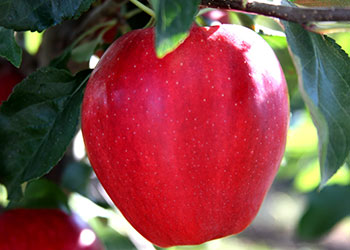
CRIMSON® GALA
Alvina cv. USPP 19,604
Crimson® Gala Alvina cv. is a high coloring sport of Royal Gala discovered in Tasmania, Australia. Crimson® Gala is finely striped and develops full color even in warmer apple growing districts. Harvest timing is similar to that of Buckeye® Gala.
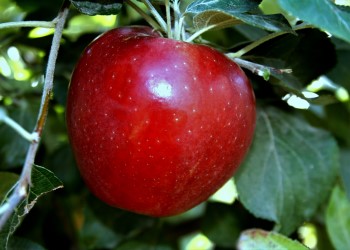
COSMIC CRISP®
WA38 cv. USPP 24,210
Cosmic Crisp® WA 38 cv., bred by Washington State University, is a cross between Enterprise and Honeycrisp. The apples harvest within the Red Delicious timeframe and release very low amounts of ethylene, giving the selection excellent storage characteristics. Exclusive to Washington State growers within North America.
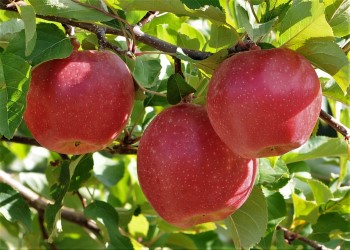
SUNRISE MAGIC®
WA2 cv. USPP 21,710
Sunrise Magic® WA2 cv., bred by Washington State University, is a cross between Splendor and Gala. Apples harvest in late Red Delicious timing (approximately 1 week after WA38 cv.). The fruit releases very low amounts of ethylene, giving the selection excellent long term storage characteristics. Sunrise Magic® is exclusive to Washington State growers within North America.
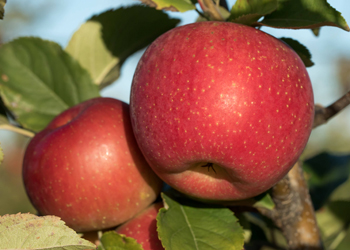
EVERCRISP®
MAIA1 cv.
The EverCrisp® features a blushed rosy red over a cream background. As the name indicates, it is crispy and firm, maintaining the sweet flavor and firmness for weeks in RA storage. This late-season apple was developed by Midwest Apple Improvement Association and is available to all growers in the U.S. that become a member and sign a licensing agreement. Access the License Agreement at MAIA Apples
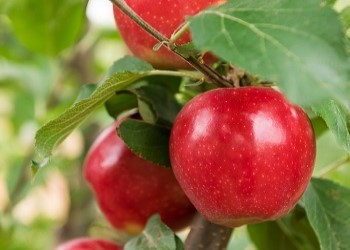
NORTHERN GLO™ GALA
GF015 cv.
A blush Gala mutation discovered in Brewster, Washington. This selection displays a strong blush coloration that tends to develop within multiple growing districts. Northern™ Glo Gala harvests at the tail-end of Gala season.
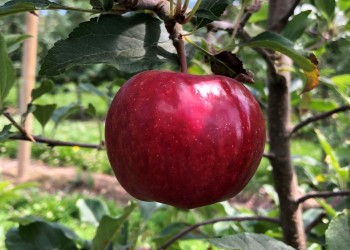
TEMPTATION cv. GALA
USPP 31,443
A new and distinct sport of Gala. Temptation cv. is believed to be a naturally occurring whole-tree mutation of the Foxtrot cv. Gala. The cultivar is characterized by large, early-maturing fruit that is intensely red and boasts exceptional flavor.
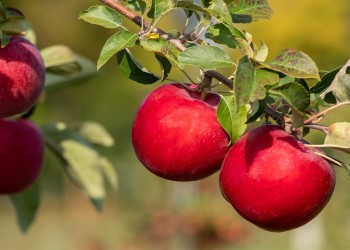
KUDOS®
MN33 cv.
Kudos® is a cross of the Zestar!® brand apple and the popular Honeycrisp cultivar. It features an attractive red blush over 85-95% of the exterior. Kudos® is crisp and juicy with a sweet, well-balanced flavor and hints of tropical overtones. The medium to high vigor tree is consistent and annual bearing, hardy to USDA zone 4. The harvest window is similar to the Honeycrisp parent. Developed at the University of Minnesota, the Kudos® brand apple is being released as an open variety, growers will pay a tree royalty only.
Spray Less® Options
Apple Varieties with natural resistance to disease

STORY®
Inored cv.
Created by the Novadi company in France, the Story® Inored cv. is classified as a bi-colored apple, featuring a smooth, shiny, dark red over-color on a yellow background. It is very firm and sweet with a well-balanced sugar-to-acid ratio. The medium vigor tree is very consistent with fruit well distributed on the tree. It harvests approximately 15 days after Golden Delicious. Story® is a very productive, scab-resistant apple with an easy-to-grow tree.
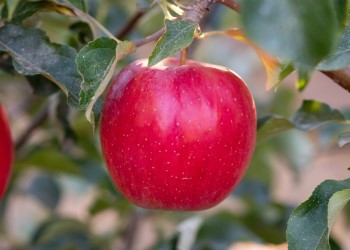
MANDY™
Inolov cv.
The Inolov cultivar is classified as a bi-colored red apple with smooth, non-russeted skin and an elongated shape. It features good flavor and fine flesh that is crunchy, juicy, and firm. This apple is part of the scab-resistant series developed in France by NOVADI and INRAE. Mandy™ will harvest between Golden Delicious and Braeburn. The tree is productive and grower friendly.
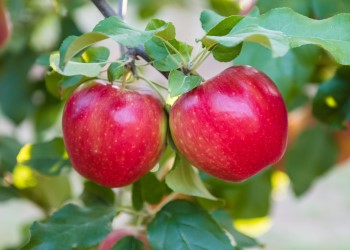
GALY®
Inobi cv.
Another scab-resistant apple developed by NOVADI and INRAE in France, the Inobi cultivar produces good red color on 75-100% of the apple’s surface. The flavor is described as sweet with fine, firm flesh. Brix levels are similar to Gala. The trees are easy to manage with a good distribution of crop load. The harvest window is approximately 10 days after Gala with an average fruit size of 88.
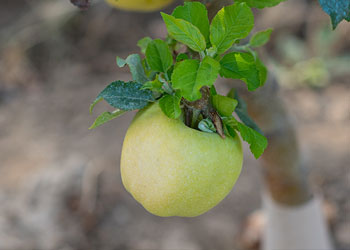
HELIODOR™
UEB3264/1 cv.
Heliodor™ is a cross between the Golden Delicious and Topaz, made at the Institute of Experimental Botany in Prague, Czech Republic. The cultivar produces a medium to large apple with moderate ribbing. It features a bright yellow surface that is smooth, shiny, and russet free, typically without blush. The yellow flesh is moderately firm, crisp, and very juicy with a sweet-subacid flavor. This apple is resistant to scab and has very low susceptibility to powdery mildew. Harvest timing is similar to Golden Delicious, achieving eating maturity about 2 weeks after picking.

MAGIC STAR®
WUR200 cv.
Juicy, aromatic, and sweet, the Magic Star® apple consistently ranks high in consumer taste tests. Developed via a partnership between Fresh Forward Breeding and Marketing and Wageningen University, the apple is naturally resistant to common strains of scab and is known to have excellent storage capabilities. In the Northern Hemisphere, Magic Star® will harvest in mid-October. Two picks are recommended.
Exclusively for Farmgate and Fruit Stand Growers

Smitten® Brand Apple
PremA17 cv.
Created in New Zealand and managed by Prevar Limited, PremA17 cv. is a bi-colored apple with a dense, crisp, and juicy texture. The flavor is sweet and sub-acid. PremA17 cv. is licensed exclusively to Pegasus Premier Fruit Company (Pegasus) for the U.S.A. and Canada. Pegasus has now opened up this selection to fruit stand / farmgate growers. A license must be signed with Pegasus prior to delivery of nursery trees. Fruit of the PremA17 cv. may be marketed under the tradename Smitten®.
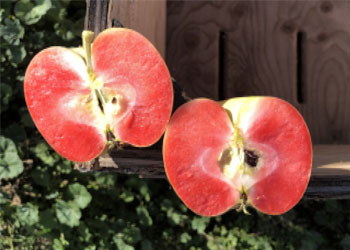
LUCY™ Brand Apples
Howell TC2 cv., Howell TC3 cv., & Howell TC7 cv.
Apple breeder Bill Howell has created a stunning line of apples that feature attractive red-colored flesh and sweet/tart berry-like flavors. Quickly becoming a consumer favorite in the red-fleshed category, the Lucy™ series is now available to Farmgate growers servicing farmer’s markets, you-pick operations, and fruit stands. Marketed under the tradenames Lucy™ Glo, Lucy™ Rose, and Lucy™ Gem, these 3 selections are available for contract growing at Brandt’s Fruit Trees, LLC.
Apple Pollinizers
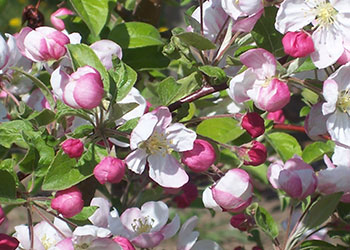
MT. EVERESTE™
PERPETU cv.
Mt. Evereste™ is an early blooming crab apple that blooms a couple of days later than Manchurian. Mt. Evereste™ produces an abundance of bloom with good pollen compatibility. The selection has low susceptibility to mildew and fireblight and, due to its low vigor, can be easily planted into high density plantings.

MT. BLANC™ (USPP 16,939)
X6114 cv.
Mt. Blanc™ is a late blooming crab apple that blooms a couple of days after Snowdrift. Mt. Blanc™ produces an abundance of white bloom with good pollen compatibility. The selection is scab resistant. Much like Mt. Evereste™, Mt. Blanc™ can be easily planted into a high density planting without fear of overcrowding.
Rootstock
BUDAGOVSKI 9 (BUD 9)
Budagovski 9, also known as Bud 9, produces trees that are slightly smaller than M9 (NIC® 29). Bud 9 produces a tree that is approximately 20-30% of the size of a standard seedling and requires support. These trees are precocious and produce large fruit. Bud 9 is resistant to collar rot and moderately resistant to powdery mildew and apple scab. It is exceptionally winter hardy. Trees grown on Bud 9 are much less likely to die due to fire blight than trees grown on M9 rootstock.
M9 (NIC® 29)
M9 (NIC® 29) produces a tree that is approximately 30-35% of a standard seedling. M9 (NIC® 29) has a more developed root system than EMLA 9 and therefore, trees grown on M9 (NIC® 29) have more vitality than trees grown on EMLA 9. This rootstock requires support and is recommended for high-density orchards.
EMLA 26
EMLA 26 produces a tree that is approximately 40-45% of the size of a standard seedling. EMLA 26 requires support and has excellent cold hardiness. Compared to trees grown on EMLA 7, trees grown on EMLA 26 are slightly less vigorous, produce larger fruit, and crop earlier in life. EMLA 26 performs best in well-drained soils.
EMLA 106
EMLA 106 produces trees that are approximately 70% of the size of a standard seedling. Trees grown on EMLA 106 are well anchored and do not require support. This rootstock allows for heavy cropping potential, moderate vigor, and resistance to woolly aphids. It is, however, susceptible to Phytopthora. EMLA 106 does well in a wide range of soils.
GENEVA®
Geneva® roots come in a wide range of sizes and are bred for resistance to diseases and pests such as fire blight, wooly apple aphid, and replant disease. Click here to see a list of Geneva® apple rootstocks and their traits as printed in the Good Fruit Grower. *Please note that Brandt’s Fruit Trees does not carry all Geneva® rootstocks listed. Please call or e-mail for a current listing of Geneva® rootstock available.
M9 (337)
M9 (377) Produces a tree that is approximately 30/35% the size of standard seedling. Trees grown on M9 (337) do require support due to brittle root systems that lead to poor anchorage. This rootstock tends to produce large fruit and is tolerant to heavy soils. It does show resistance to collar rot, but is susceptible to fire blight. This rootstock is not recommended for light soils as it does struggle under drought conditions. M9 (337) is recommended for high-density plantings.
M9 (PAJAM2)
M9 (Pajam2) produces a tree that is approximately 35/40% the size of standard seedling. Trees grown on M9 (Pajam2) do require support. While the root system is stronger than M9 (337), it is not quite as strong as M9 (Nic®29). This rootstock is slightly more vigorous and productive than M9 (337). M9 (Pajam2) is precocious and promotes large fruit size.
BUD 118
Bud 118 produces a tree that is approximately 80/85 % the size of a standard seedling. Trees grown on Bud 118 do not require support as the roots become well anchored. This rootstock is very winter hardy and is adaptable to a wide range of soils. Bud 118 is resistant to collar rot, but is slightly susceptible to crown gall and powdery mildew. This rootstocks precocity is matching to EMLA 106.
Budagovski 10® (Bud 10®)
Bud 10® produces a tree that is approximately 35% the size of size of a standard seedling which is comparable to M9 (337). Trees grown on Bud 10® do require support. The rootstock is very winter hardy and is resistant to fire blight. Bud 10® rootstock is precocious and yield efficient much like M9 rootstock.

